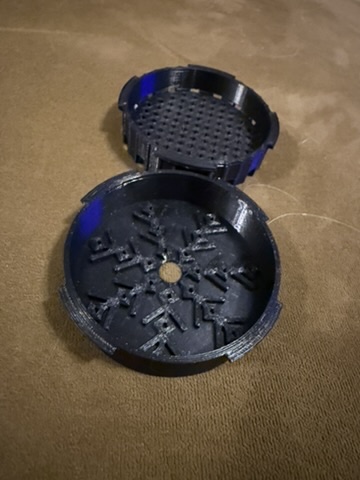Microplastics and Safety
Chapter 6: The Microplastics Question
Understanding the Concern
Microplastics in food and beverages are a growing concern. When using 3D-printed plastics for coffee brewing, we must address this honestly.
What Are Microplastics?
Definition
- Plastic particles <5mm in diameter
- Include both primary and secondary sources
- Found throughout the environment
- Potential health impacts still being studied
Sources in Coffee Brewing
- Plastic equipment wear
- Filter materials breakdown
- Water supply contamination
- Packaging materials
3D Printing Specific Concerns
Layer Adhesion Issues
- Poor bonding creates particle release
- Mechanical stress causes delamination
- Hot water accelerates degradation
Surface Roughness
- FDM printing creates textured surfaces
- Higher surface area for potential release
- Micro-crevices trap particles
Material Degradation
- UV exposure weakens polymers
- Chemical interaction with coffee acids
- Thermal cycling causes brittleness
Testing and Measurement
Visual Inspection Methods
- Microscope examination (40x minimum)
- Before/after weight comparison
- Surface degradation monitoring
- Water filtration testing
Professional Testing
- Spectroscopy analysis
- Particle counting methods
- Chemical composition verification
- Not accessible to most makers
Risk Mitigation Strategies
Design Approaches
- Minimize surface area in contact with coffee
- Smooth flow paths reduce turbulence
- Thick walls for durability
- Avoid sharp edges that could break
Material Selection
- PCTG shows excellent stability
- High-quality filament reduces additives
- Avoid recycled materials for food contact
- FDA-approved formulations when available
Printing Best Practices
✓ 100% infill (no voids)
✓ Extra perimeters (4+)
✓ Higher temperatures (better fusion)
✓ Slow printing (quality over speed)
✓ Post-processing (smoothing)Usage Guidelines
- Pre-wash thoroughly before first use
- Regular inspection for wear
- Replace periodically (6-12 months)
- Gentle cleaning only
- Avoid abrasives
Comparative Risk Assessment
Traditional Products
- Paper filters: bleaching chemicals
- Metal filters: manufacturing residues
- Plastic components: injection molding additives
- Silicone parts: curing agents
3D Printed Parts
- Known material composition
- Controllable process
- No mold release agents
- Customizable for safety
Scientific Perspective
Current Research
- Limited studies on FDM food contact
- Most focus on injection molded plastics
- Particle release varies by material
- Long-term effects unknown
Precautionary Principle
Given unknowns, we recommend: 1. Minimize plastic contact time 2. Use lowest safe temperatures 3. Replace parts showing wear 4. Consider alternatives when possible
Practical Recommendations
For Concerned Users
- Use metal mesh inserts
- Line with paper filters
- Limit to cold brew applications
- Print in PCTG only

Monitoring Your Parts
Check monthly for: - Surface crazing - Color changes
- Brittleness - Rough textures - Missing material
Alternative Approaches
Hybrid Designs
- 3D printed frame + steel mesh
- Silicone gaskets (cast, not printed)
- Removable/replaceable components
Future Materials
- Medical grade resins
- Ceramic composites
- Bio-based polymers
- Metal printing (when accessible)
Honest Assessment
What We Know
- Some particle release is likely
- Quality matters significantly
- Proper printing reduces risk
- Regular replacement helps
What We Don’t Know
- Exact release quantities
- Long-term health impacts
- Optimal replacement schedule
- Best testing methods
Making Informed Choices
Everyone must assess their own risk tolerance. This project provides: - Transparent material information - Best practices for safety - Alternative design options - Honest discussion of unknowns
As stated in the project description: “This is a DIY project; decide your own comfort level with plastic contact. If you’d rather avoid it entirely, grab the supplied STEP files and CNC the cap in stainless steel or aluminum instead.”
The goal is informed consent, not fear-mongering or dismissal of legitimate concerns.
Moving Forward
Research continues on plastic safety. Meanwhile: 1. Follow best practices 2. Monitor your equipment 3. Stay informed on research 4. Share findings with community
Next chapter: Contributing to open-source hardware development.